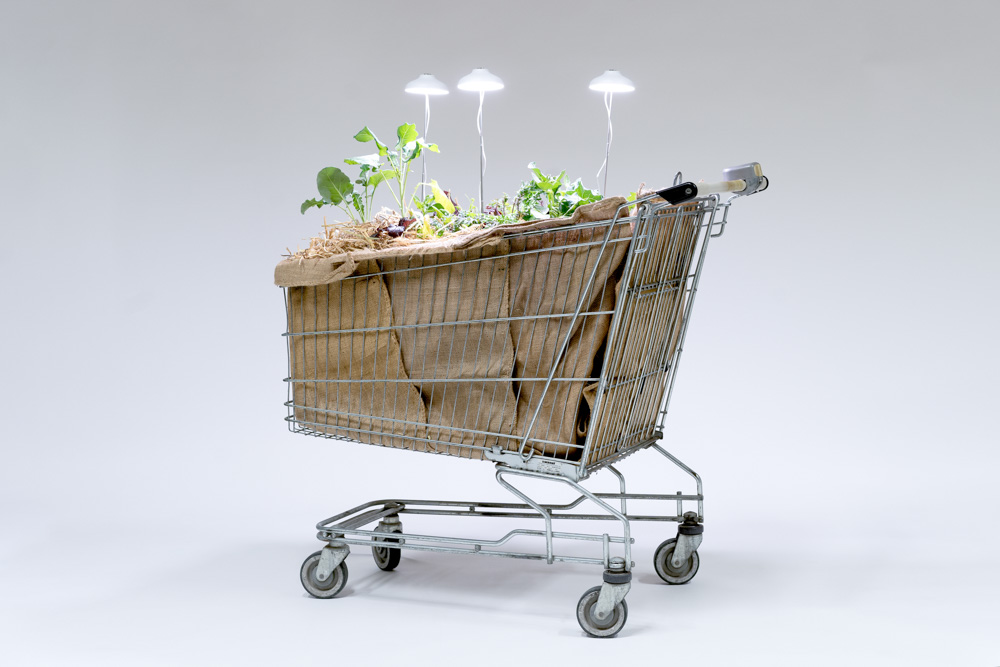
Flinders University Museum of Art (FUMA), in collaboration with SA arts organisation Guildhouse, proudly presents The Disquiet, launching at FUMA Gallery on Thursday 25 July 2024.
The exhibition showcases newly commissioned artworks by South Australian artists: Bin Bai, Stephanie Doddridge, Sue Kneebone, Olga Sankey and Truc Truong with works by Mandy Martin and Ann Newmarch from the FUMA collection.
Continuing the traditions of The Guildhouse Collections Project, these artists immersed themselves in the FUMA archive, homing in on works by the Progressive Art Movement (PAM) recently on exhibition at FUMA.

Established at Flinders University in the 1970s, PAM was a multi-arts group whose members were influenced by Marxist-Leninist ideologies, passionately opposed American imperialism and championed the struggles of the working class. They rejected art commodification, opting instead for prints and posters as direct forms of political expression.
Drawing from this radical tradition, the contemporary artists featured in The Disquiet tackle pressing 21st-century concerns such as inequality, environmental degradation, surveillance, misinformation, consumer culture and the enduring legacies of colonisation.
Exhibition curator Suzanne Close explains, "These artworks resonate with the pervasive unease of our times, prompting contemplation on the intersection of political and personal dimensions in navigating today's complex global challenges.
"By exploring the legacy of PAM, today's artists trace current and continuing forces that perpetuate injustice, contribute to environmental harm and propagate misinformation. Their artworks compel us to confront these daunting issues and envision a more equitable and sustainable future," says Ms Close.
Showcasing the new commissions - spanning installation, video and print media - in dialogue with 1970s screenprints by PAM artists, The Disquiet continues an artistic legacy of resistance and rebellion. Through their artmaking, the contemporary artists offer new artistic methods against injustice.
Bin Bai, known for blending traditional Tibetan iconography with geopolitical concerns, uses video game-like imagery to promise utopian virtual worlds while exposing socio-economic power structures. In an adjacent work, Truc Truong juxtaposes global brands like Coke and Louis Vuitton with Vietnamese traditions, reflecting the complexities of multicultural identity and racial oppression.
Addressing the issue of food insecurity amid the cost-of-living crisis, Stephanie Doddridge creates a vegetable garden in the confines of a shopping trolley, highlighting the power of Australia's supermarket duopoly and its links to unsustainable food production. Olga Sankey's print-based works scrutinise AI, raising questions about disinformation and bias in our daily social media feeds. While Sue Kneebone's installation reflects on the near-forgotten Cold War-era Omega Navigational System, shedding light on secret military operations in Australian history.
The Disquiet was enabled by The Guildhouse Collections Project supported by Arts South Australia. This initiative, established a decade ago, has provided unique opportunities for South Australian artists to delve into some of state's most significant art collections. FUMA's engagement with the program since 2017 has supported the participation of 13 artists to date, delivering productive research opportunities and exciting public outcomes.
The Disquiet runs from 22 July to 13 September 2024 at the Flinders University Museum of Art.






